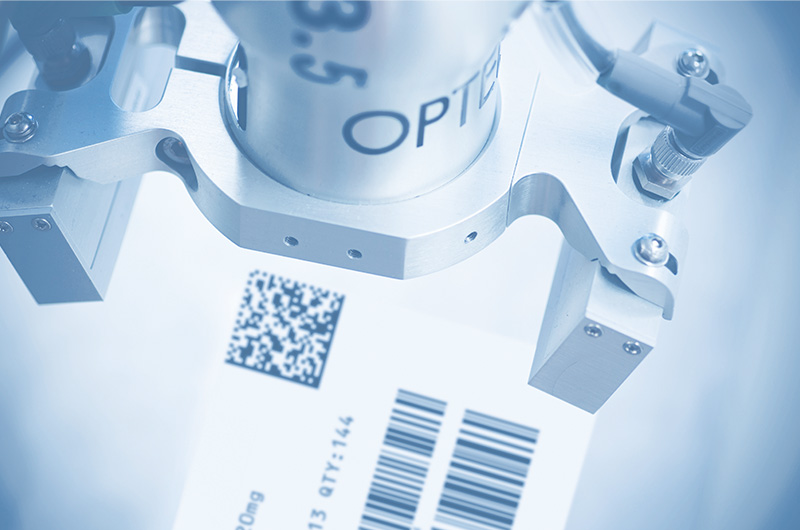How to choose a solution
In order to meet the upcoming deadlines of the Traceability Law, pharmaceutical companies need to quickly evaluate the various traceability systems that are on the market. With differing production lines, packaging, and departments responsible, selecting the right product and supplier can be quite a complex decision. Consequently, this article tries to simplify the process of choosing between the available solutions.
When you look at different traceability systems, you need to consider certain variables in order to decide which solution is suitable for your production line. For example, you need to consider:
- the space available in your production area;
- the speed of your packaging line;
- the sizes of the cartons;
- the design and material of the cartons;
- where they are to be printed; and, naturally,
- your budget.
So, where do you start? Below, we have selected three key questions to help you decide which type of system makes sense for your production line.
Consider the speed at which the lines run in practice, not the equipment’s maximum speed. This speed will determine whether the solution should be manual, semi-automatic, or automatic. In the table below, we list the most appropriate type of equipment depending on the line speed and the estimated space required by the solution.

